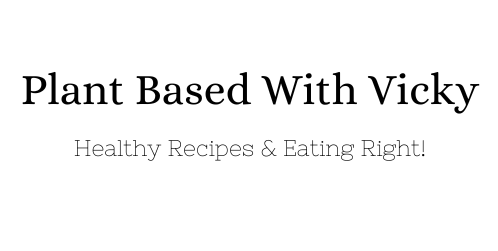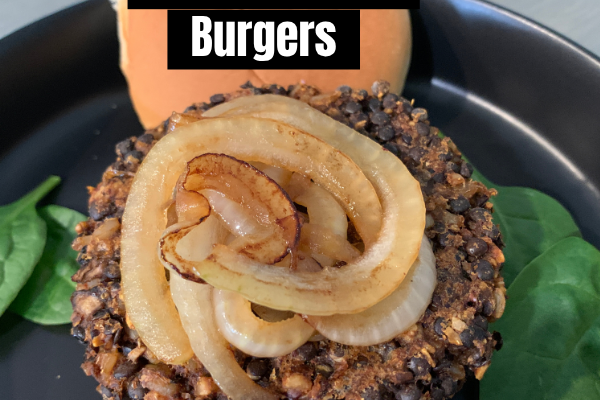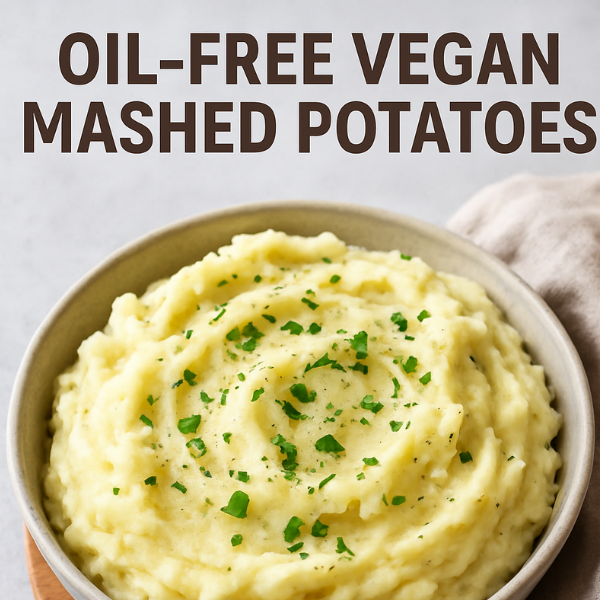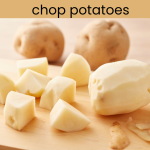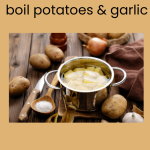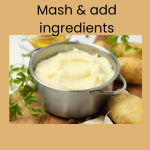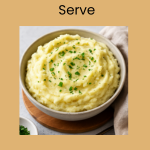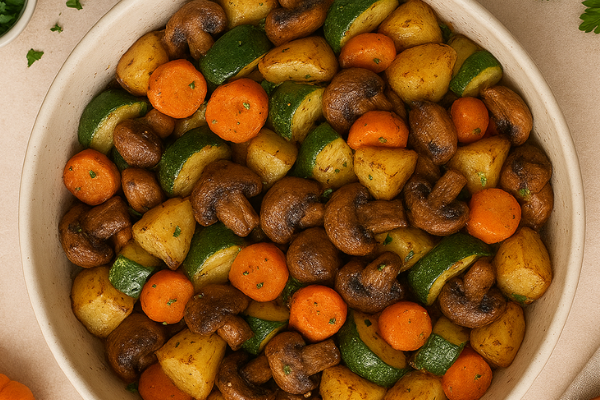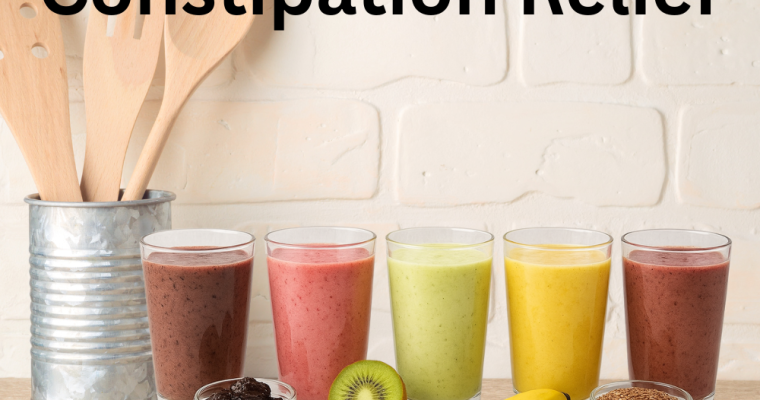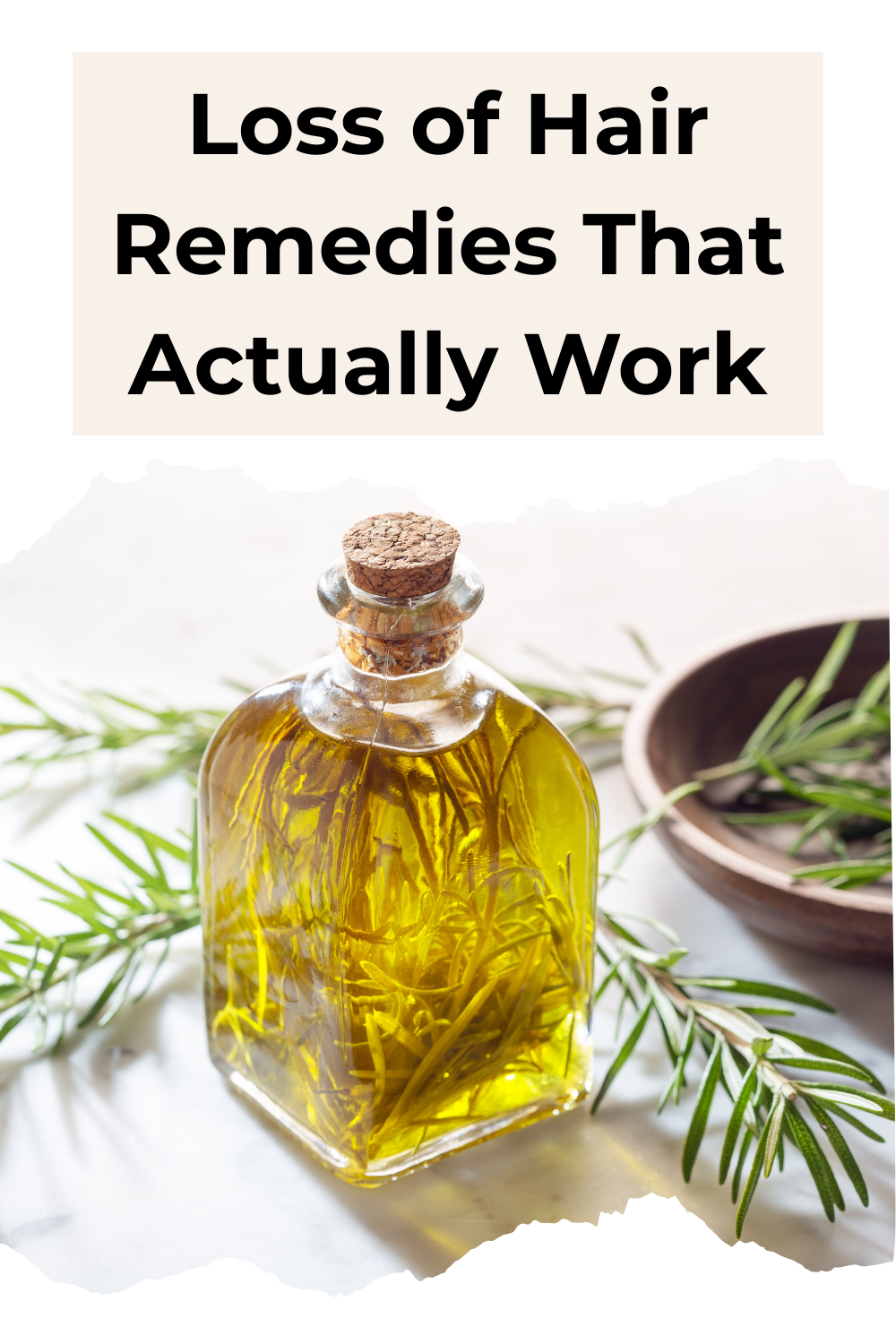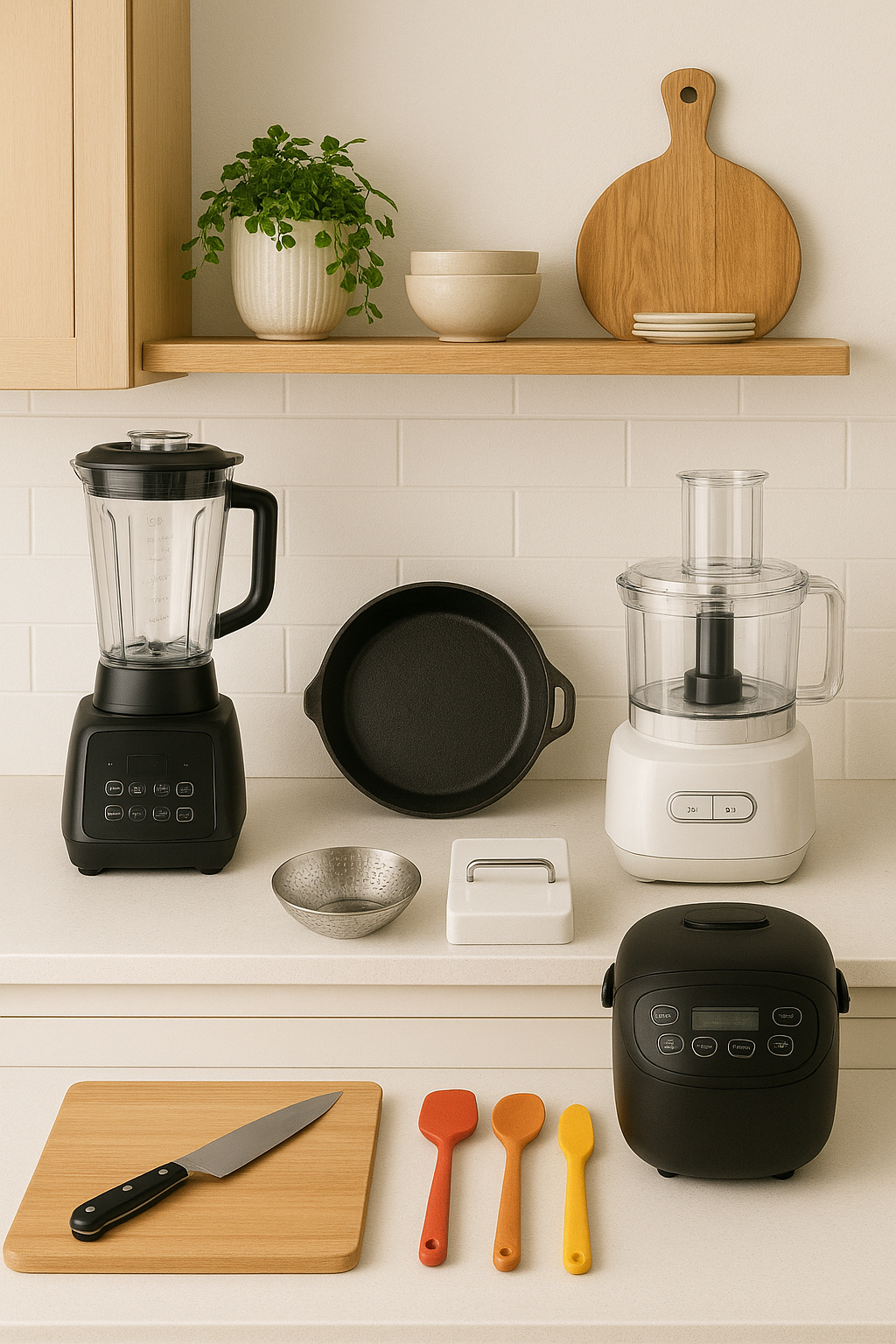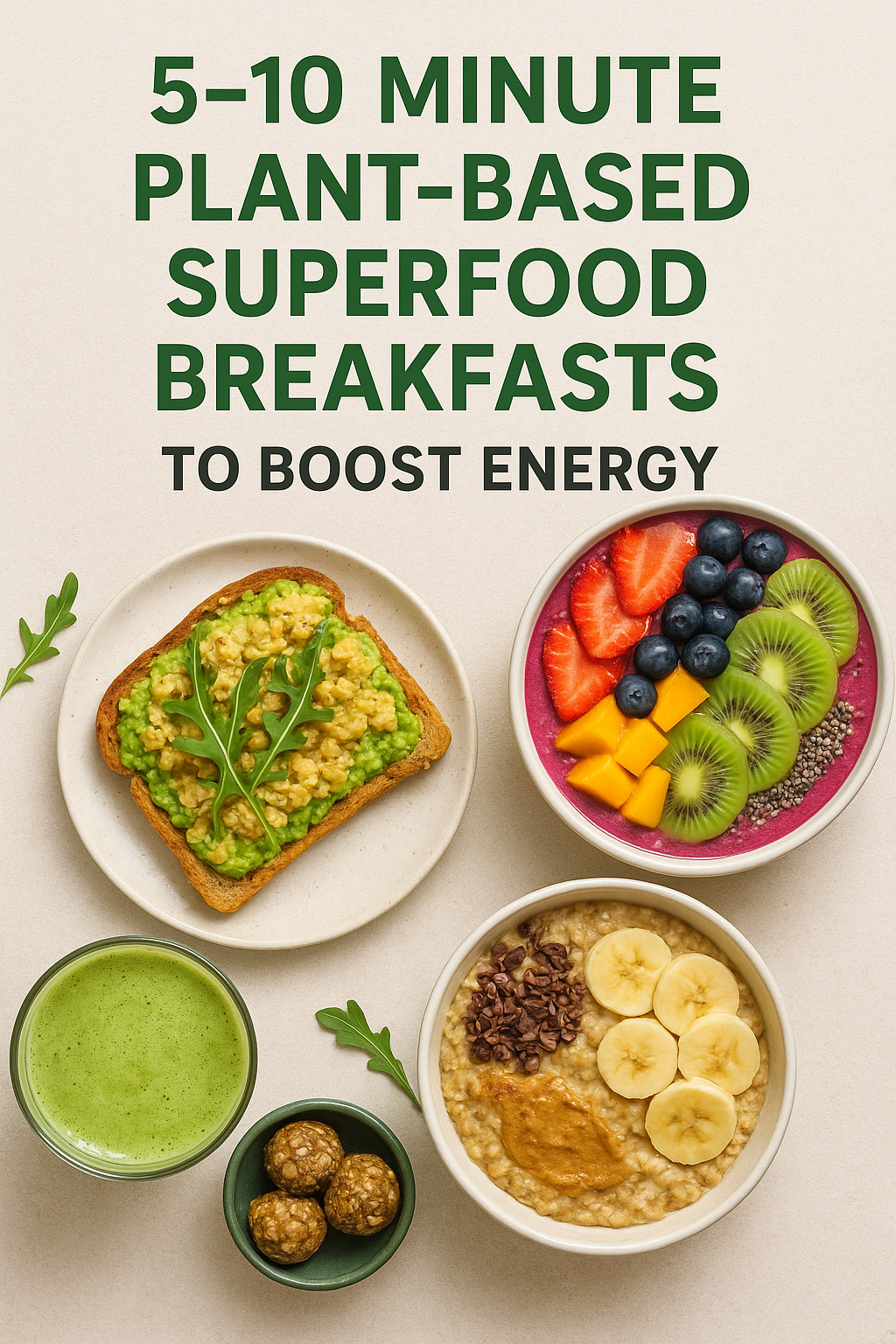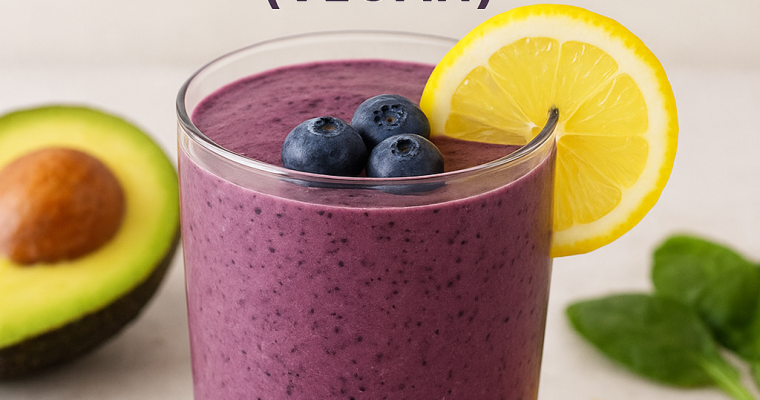Natural Ways to Improve Hair Thinning
As I have aged, I’m noticing that my hair has been getting thinner and finer. Hair thinning is a common issue that affects both men and women, often leading to stress, self-consciousness, and a search for solutions. While genetics, hormonal changes, stress, and medical conditions can all contribute to hair loss, many natural remedies may help improve hair growth and strengthen thinning hair. Lets explore some proven and natural ways to promote hair health, using remedies and nutrients that are safe, effective, and easy to incorporate into your daily routine. This post contains affiliate links. As an Amazon Associate, I earn from qualifying purchases at no extra cost to you.
1. Castor Oil for Hair Growth
One of the most well-known natural remedies for thinning hair is castor oil. Rich in ricinoleic acid, castor oil helps improve blood circulation to the scalp and provides essential nutrients to hair follicles. Applying castor oil to thin spots nightly can:
- Moisturize the scalp
- Strengthen hair shafts
- Reduce hair breakage
- Stimulate new growth
How to use: Warm a small amount of castor oil and massage it into the scalp, focusing on thinning areas. Leave it overnight and wash your hair the next morning. For best results, repeat 2–3 times per week.
2. Aloe Vera Juice for Thinning Hair
Aloe vera is a powerhouse for both skin and hair health. Drinking half a cup of aloe vera juice daily can help detoxify the body, improve digestion, and supply nutrients that promote healthy hair. Aloe vera is rich in vitamins A, C, and E, which contribute to cell turnover and shiny, strong hair.
Extra tip: Aloe vera gel can also be applied directly to the scalp to soothe irritation, reduce dandruff, and support a healthy scalp environment for hair growth.
3. Omega-3 Rich Foods
Your diet plays a huge role in hair health. Foods high in omega-3 fatty acids—such as flaxseeds, walnuts, spinach, broccoli, and fatty fish like salmon—help nourish the scalp and stimulate hair growth. Omega-3s reduce inflammation in hair follicles, leading to healthier strands.
Why it works: Omega-3 fatty acids hydrate the scalp, increase elasticity in hair, and prevent dryness, which often contributes to thinning.
4. Rosemary Oil Scalp Massage
Rosemary oil has been used for centuries to stimulate hair growth naturally. Studies have shown that rosemary oil can perform as effectively as some conventional hair treatments without harsh side effects. Massaging rosemary oil into the scalp improves blood circulation, unclogs hair follicles, and encourages growth.
How to use: Mix a few drops of rosemary essential oil with a carrier oil (such as coconut or jojoba oil). Massage into the scalp for 5–10 minutes, let it sit for 30 minutes, then rinse. Repeat 2–3 times weekly.
5. Almonds and Biotin
Biotin, also known as vitamin B7, is essential for healthy hair. Almonds are one of the best natural sources of biotin. Consuming a handful of almonds daily can help:
- Strengthen hair follicles
- Promote new hair growth
- Improve hair texture
Other biotin-rich foods include: eggs, sweet potatoes, and seeds.
6. Vitamin C from Yellow Peppers
Vitamin C is a powerful antioxidant that helps in the production of collagen, a protein that strengthens the hair shaft. Yellow peppers, in particular, contain more vitamin C than oranges, making them an excellent food for hair health.
Benefits:
- Protects hair from oxidative stress
- Improves circulation to the scalp
- Strengthens hair follicles and shafts
Incorporating vitamin-C rich foods like citrus fruits, bell peppers, and berries can make a big difference in reducing thinning.
7. Stay Hydrated – 8 to 10 Glasses of Water Daily
Dehydration is often an overlooked cause of weak, thinning hair. Hair is made up of 25% water, and staying hydrated is crucial for maintaining hair structure and growth. Drinking 8–10 glasses of water every day ensures:
- Proper nutrient transport to hair follicles
- Scalp hydration
- Reduced hair brittleness and breakage
8. Iron-Rich Foods for Strong Hair
Iron deficiency is one of the leading causes of hair thinning, especially in women. Low iron levels limit oxygen supply to hair follicles, slowing down growth. Incorporating iron-rich foods like leafy greens, cashews, figs, and berries can help restore hair strength.
Extra tip: Pair iron-rich foods with vitamin C sources to boost absorption.
9. Vitamin E from Seeds and Nuts
Vitamin E is an antioxidant that improves circulation to the scalp, supports hair follicle health, and prevents oxidative damage. Sunflower seeds, almonds, pine nuts, and dried apricots are excellent sources of vitamin E.
Topical use: Vitamin E oil can also be applied to the scalp for added nourishment and moisture.
10. B-Complex Vitamins
B-complex vitamins, especially B6 and biotin, are vital for hair growth. These vitamins assist in protein metabolism and help create red blood cells that carry oxygen and nutrients to the scalp.
Sources of B-complex vitamins include: whole grains, bananas, avocados, and legumes. A B-complex supplement can also be beneficial if your diet lacks these nutrients.
11. Reduce Stress for Healthier Hair
Chronic stress can disrupt the hair growth cycle, leading to shedding and thinning. Practices like meditation, yoga, journaling, and deep breathing exercises can lower stress hormones, which in turn promote healthier hair.
Tip: A 20-minute daily relaxation routine can make a visible difference in your overall hair health.
12. Avoid Heat and Harsh Chemicals
Excessive use of hair dryers, straighteners, dyes, and chemical treatments can damage hair and contribute to thinning. Limiting heat styling, using natural hair products, and protecting hair from harsh treatments helps maintain thickness and shine.
13. Scalp Care and Gentle Hair Practices
A healthy scalp equals healthy hair. Regular scalp massages, gentle hair brushing, and avoiding tight hairstyles can improve circulation and reduce breakage. Using natural shampoos free from sulfates and parabens can also protect thinning hair from further damage.
14. Herbal Teas and Natural Rinses
Herbs like nettle, horsetail, and green tea are rich in antioxidants and minerals that support hair growth. Drinking herbal teas or using them as rinses can strengthen hair from the inside out.
Green tea rinse: Brew strong green tea, let it cool, and pour it over the scalp after shampooing. Leave for 5 minutes before rinsing with cool water.
15. Consistency is Key
Natural remedies take time. Unlike chemical treatments that may show quick but temporary results, natural methods focus on long-term hair health. Consistency in applying oils, maintaining a balanced diet, and staying hydrated is essential for seeing improvements.
Hair thinning can be frustrating, but natural remedies provide safe, effective, and lasting solutions to improve hair health. By incorporating nutrient-rich foods, oils like castor and rosemary, hydration, vitamins, and stress management, you can create an environment that supports optimal hair growth. While results may vary from person to person, commitment and consistency will make a visible difference over time.
If your hair thinning is severe or sudden, consult a healthcare provider to rule out underlying conditions such as thyroid issues, hormonal imbalances, or nutritional deficiencies. With patience and the right natural care, you can achieve stronger, healthier, and fuller hair.
Other articles you may like:
10 Easy Plant Based Foods to Boost Your Energy
Superfoods to Boost Metabolism
